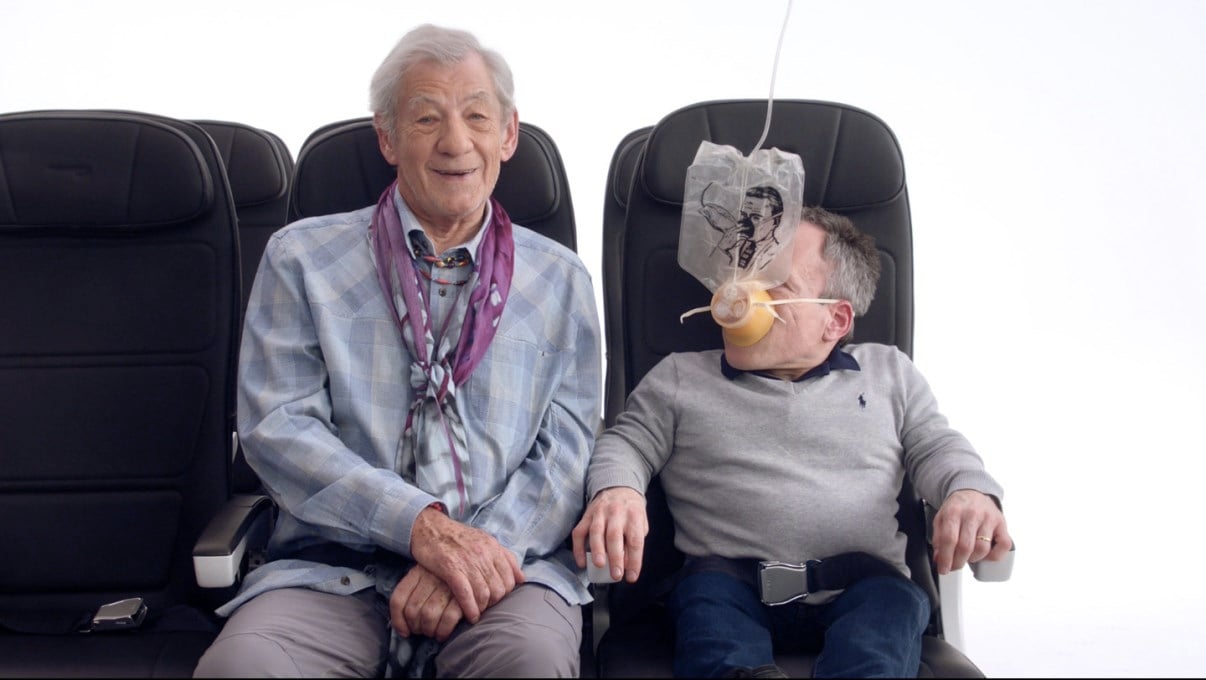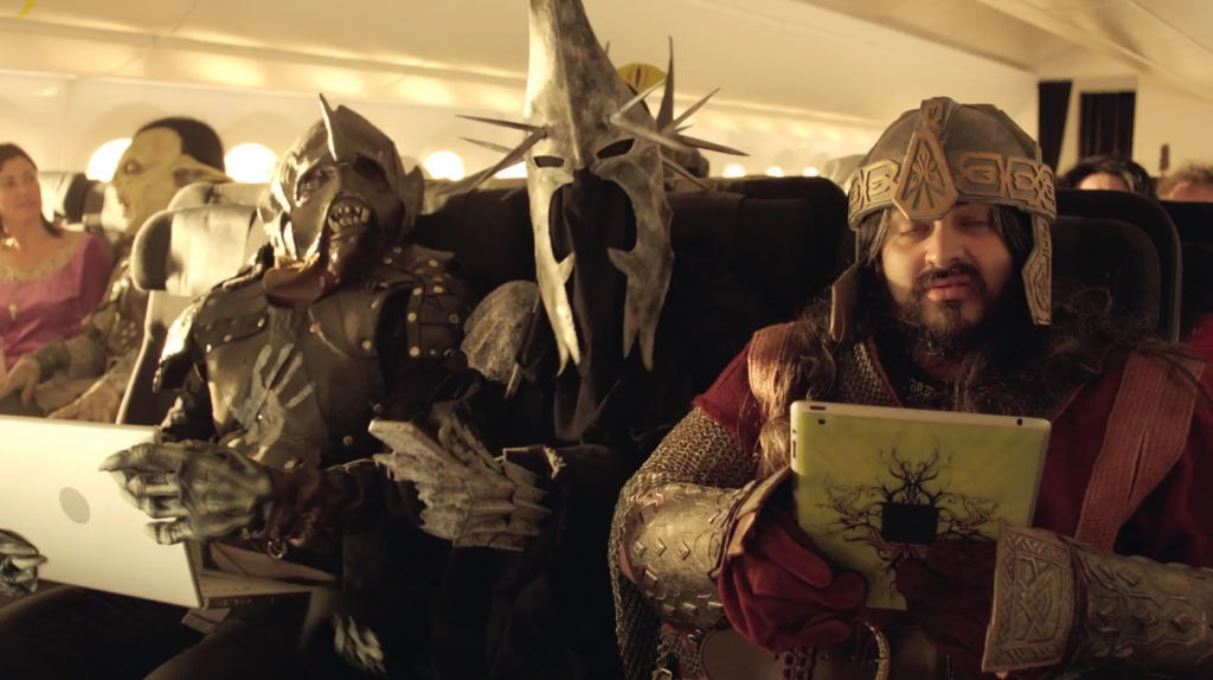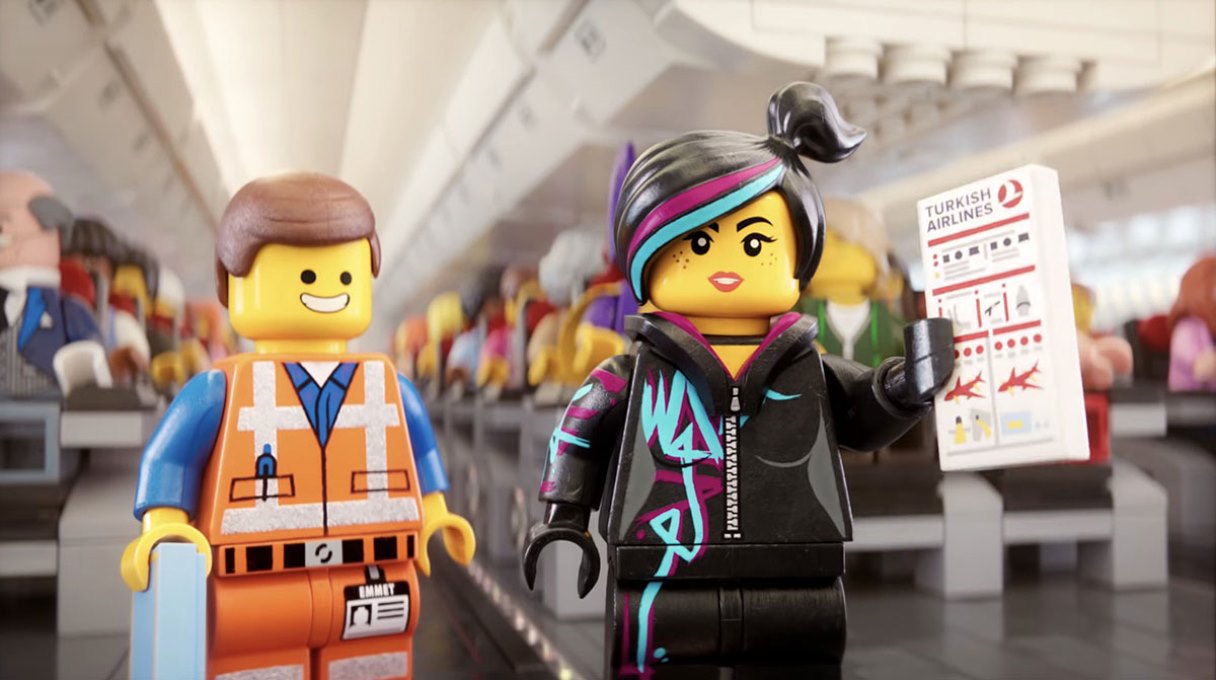Pre-flight safety demonstrations on aircraft have evolved into expertly crafted marketing tools. These high-budget films now often include celebrity actors, tourist-friendly backdrops and more than a little humour.
Frequent flyers will know the routine. They’re sitting in their cosy airline seat, perusing the in-flight magazine and waiting for take-off when, over the PA, a member of the cabin crew sternly demands they watch the pre-flight safety demonstration.
Paying attention is hardly an option. After all, it’s only infrequent flyers who need to watch safety demonstrations. Right?
This is a problem faced by all airlines. How on Earth can staff encourage passengers to pay attention to their safety messages?
By law, international airline authorities require all airlines to brief passengers orally before take-off, covering key areas such as seatbelts, emergency exits, oxygen masks, life vests and emergency landings. But exactly how they deliver this message is not defined. Some carriers resort to rather unorthodox methods.
Low-cost Philippines airline Cebu Pacific, for example, came up with the brilliant idea of having their flight attendants dance in the aisles through expertly choreographed safety demos. American carrier Southwest Airlines, meanwhile, has become famous for its attendants’ unconventional comic routines. And in 2009, Air New Zealand encouraged cabin crew to star in a safety video, completely naked except for a layer of body paint. That certainly caught attentions.
However, there are other reasons for the catchy short films we’re now seeing as we taxi down runways.
Their power as marketing tools is phenomenal, especially if they are shared by millions online. Take Air New Zealand’s 2014 video, which coincided with the release of the third film in the Hobbit trilogy and featured actors from the franchise wandering the beautiful wilds of New Zealand.
Since this is a state-owned airline, there’s a good chance the national government contributed to the filming costs. In addition to the airline’s passengers, well over 20 million people have now watched it on YouTube.
Hawaiian Airlines and Singapore Airlines have followed a similar tack, bombarding viewers with good-looking locals showing off even better looking domestic locations. Since they dominate respectively the routes to these two island groups, the message is a combination of safety and marketing.
Above: Air New Zealand's safety video.
Tom Otley is editor of Business Traveller magazine, and has endured more than his fair share of safety videos. “These airlines have been very smart at marketing themselves through a medium which is compulsory to all their customers,” he says. “It's a captive audience, and if the airline gets it right, there's the possibility of being shared online to new customers.
“It's also an opportunity for airlines to differentiate themselves from the competition. If they are promoting not just themselves, but the destination as well, then they can align themselves with the appeal of that destination.”



